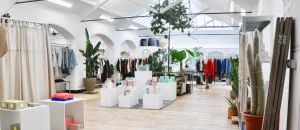Man-made cellulosic fibres such as viscose, lyocell and modal are produced from natural materials and are a mainstay of the fashion industry today, providing what looks to be a viable sustainable alternative to harmful synthetic fabrics. This is on the condition, of course, that the wood pulp used to make the fibres is not from forests at risk of deforestation and harmful chemicals are not being used in processing and finishing. Likewise with cotton, another cellulosic fibre is perceived to be sustainable because of its natural origins. But being "natural" is by far not the only criteria for true sustainability.
In this Masterclass, join us as we explore the world of sustainable cellulosic fibres today. In lessons from material innovators and leading sustainable brands, you'll gain familiarity with cellulosic materials, sustainable and ethical manufacturing, and a range of the most cutting-edge fabric technologies on the market right now. In this complex materials space, we bust several myths around cellulosic fibres to help you break down the jargon and work out for yourself what fits within your values.
In this Masterclass, you will learn:
- About sustainable cellulosic fibres, their make-up, position in fashion production, and how to work with them as a designer
- The sustainable and ethical considerations behind sourcing and using natural and man-made cellulose fibres
- How the latest innovative materials are created; including biopolymer yarns, fibres spun from recycled textiles, agricultural waste and closed loop systems
- Why circular technologies are a major opportunity for sustainability in the cellulosic materials space
- How leading fashion designers are working with organic cotton and sustainable cellulose fibres in their collections
- How it is possible to have a positive social impact and work with indigenous communities to support their livelihoods, while producing a more sustainable fibre
- Case studies of brands who work with sustainable and fair trade cotton
- Myth-busting for well-known cellulosic fibres, such as why rayon is just an umbrella term
-
What are cellulosic fibres (part one): Natural
with Stephanie SteeleRead More...Summary
Understanding what cellulosic fibres are as a designer will pave the way towards a better understanding of the raw material you’re working with: from the characteristics to its origin. You’ll be better equipped to work with fibre and fabric production facilities due to the knowledge you’ll have, and be better placed to judge the sustainability and ethics of what you’re intending to work with. Not only that, but having the fundamentals will give you an opportunity to think outside of the box in terms of material innovation or creative design.
Tune in to this lesson on what cellulose is, with a breakdown of the most common natural cellulosic fibres including how they are processed for production, where they are mostly grown, the global output and issues surrounding sustainability and ethics.
-
What are cellulosic fibres (part two): Man-made
with Stephanie SteeleRead More...Summary
Now that you understand what a cellulosic fibre is, along with the feedstock sources of natural cellulosic fibres, we'll now dive in to what the man-made, or regenerated, cellulosic fibres are.
There are arguably more environmental issues involved in the production of man-made cellulosics, due to chemical input and strain on ancient forests, while natural cellulosics would arguably be more framed by ethical considerations due to the impact on smallholder farmers and traditional craft textiles. This lesson explores certain issues surrounding man-made cellulosic fibres, along with some innovations in play to improve this hefty textile market.
All of the takeaways can be found in the handy downloadable guide below.
-
Creating new sustainable cellulosic fibres from discarded clothing
with Jenny FredricsdotterRead More...Summary
One of the key sustainability issues around the use of wood pulp for the production of fabrics like viscose and lyocell is the destruction of forests that are impossible to replace. But what if there was a waste material that we have a vast quantity of already that could replace wood pulp in the cellulosic fibre process?
We are thrilled to present the Circulose arm of the Swedish re:newcell project that takes discarded clothing and turns it into a brand new cellulosic fibre. In this lesson, you'll learn more about the material, the science behind the process and why it is sustainable.
-
Creating luxury natural sportswear fabrics
with Mery Díez HerbosaRead More...Summary
There are an array of exciting innovations taking place in the cellulosic materials space and PYRATES Smart Fabrics materials company are one to watch. Their natural, smart fabrics have been developed to protect and care for the body while leaving a minimal impact on the planet and its resources.
We were delighted to be joined by Mery Díez Herbosa from the PYRATES R&D and Production department to explain more about how vegetal, biodegradable and upcycled fibres can be transformed into luxury knit fabrics.
-
Working with artisans of toquilla and chambira palm textile fibre
with Maria CujiRead More...Summary
A beautiful story of textile designer Maria Cuji working with artisans in her native Ecuador to learn their skills with processing toquilla and chambira palms for textile fibre, and contemporising the methods for an increased awareness of these indigenous communities and the crafts passed down through generations.
-
Growing Flax For A Resilient Food And Fibre Industry
with Simon CooperRead More...Summary
Simon Cooper, co-owner of Flaxland in the Cotswolds, UK and farmer of linseed and flax, explains what the benefits of growing flax are for the purposes of increasing resilience, building biodiversity and nourishing both soil health and our health.
Simon also works wood and is crafty with materials and uses his skills and knowledge to create composite fibre canoes out of his own fibre and oil. He and his wife Ann conduct workshops to increase awareness around the flax cottage industry, from growing to weaving, and the additional products you can get from this magnificent heritage crop.
Thumbnail image: Ian Paterson on www.wildflowerfinder.org.uk
-
Cellulosic Fabric Innovations Inspired by Nature
with Charlie Bradley RossRead More...Summary
Cotton has long been relied on as a staple material for the fashion industry. However, it is not without its ethical and sustainable challenges. Finding new alternatives that decrease our reliance on cotton is one of the most essential things we - the fashion industry - can do to improve our environmental impact. In this lesson, we look at new materials presenting an alternative to cotton.
-
Where to Source Next-Gen Fabrics
with Charlie Bradley RossRead More...Summary
Next-generation solutions use waste materials to create low-carbon alternatives to virgin raw materials, such as tree fibre from Endangered Forests and synthetics made from non-renewable, polluting sources. This not only eases the burden on natural raw materials but also helps stabilise our climate and preserves biodiversity.
-
The Environmental Impact of MMCFs; Viscose, Modal, Rayon, Lyocell and Acetate
with Charlie Bradley RossRead More...Summary
Based on the idea that trees are ‘renewable’ and ‘carbon neutral’, unfortunately, one of the most pervasive myths today suggests that logging more trees to produce textiles is the answer to our sustainable sourcing needs. Get the low-down on man-made cellulosic fibres and why sourcing materials from trees might not be as sustainable as it sounds.
-
How to Source Manmade Cellulosic Fabrics (including viscose & lyocell) Responsibly
with Charlie Bradley RossRead More...Summary
It is possible to source Manmade Cellulosic Fabrics (MMCFs) responsibly. Thanks to a number of certifications, audits, and online resources, sustainable fashion brands can check the credentials of their man-made fabrics... and discover new alternatives.
Interviews
Mayamiko: Using Fashion To Increase Awareness of Sustainable Fibres and Empower Local Communities
Friday May 1st, 2020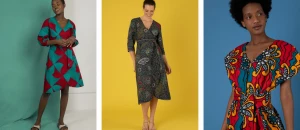
People Tree: Working with Fair Trade Producers and Sustainable Fibres
Friday May 1st, 2020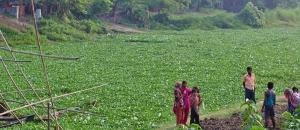
Technical Tutorials
Fabrics: How Is Tencel Environmentally Responsible?
Friday Dec 1st, 2017
From Forest to Fabric: Cellulose fibre technologies
Tuesday Oct 1st, 2019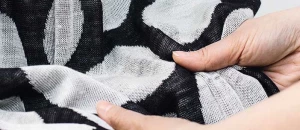
Agraloop™: Producing and Working with BioFibres
Friday May 1st, 2020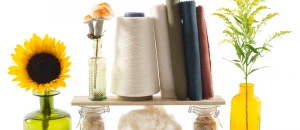
Man-Made Cellulosic Fibres
Saturday Aug 1st, 2020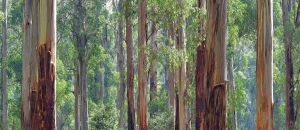
Follow on Masterclasses:
How To Manufacture Products Responsibly
Additional Reading
How Much Deforestation Is Your Cotton Creating?
Tuesday Jul 20th, 2021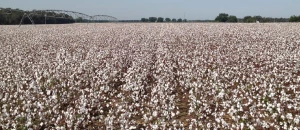
Autumn Winter 2022 Fashion and Product Trends: Pure Origin
Monday Mar 22nd, 2021
IWD: Women Hold Up Half The Sky
Monday Mar 8th, 2021
Does Bioengineering Hold the Key to Our Material Future?
Monday Feb 15th, 2021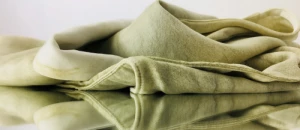
How To Fight Injustice With Fair Trade Fabrics
Monday Feb 8th, 2021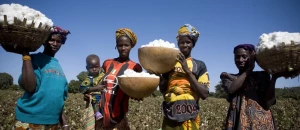
Highlights From The Virtual Oxford Real Farming Conference 2020 - Part Three
Monday Feb 1st, 2021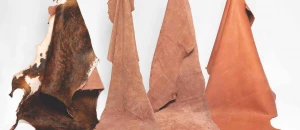
Highlights From The Virtual Oxford Real Farming Conference 2020 - Part Two
Monday Jan 25th, 2021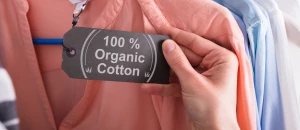
Highlights From The Virtual Oxford Real Farming Conference 2020 - Part One
Monday Jan 18th, 2021
Indian Handwoven Khadi Fabrics For Clothing And Interiors
Tuesday Jan 5th, 2021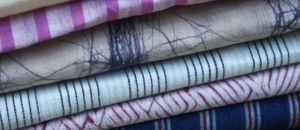
Can The High Street Recover From The Covid-19 Pandemic?
Thursday Dec 10th, 2020